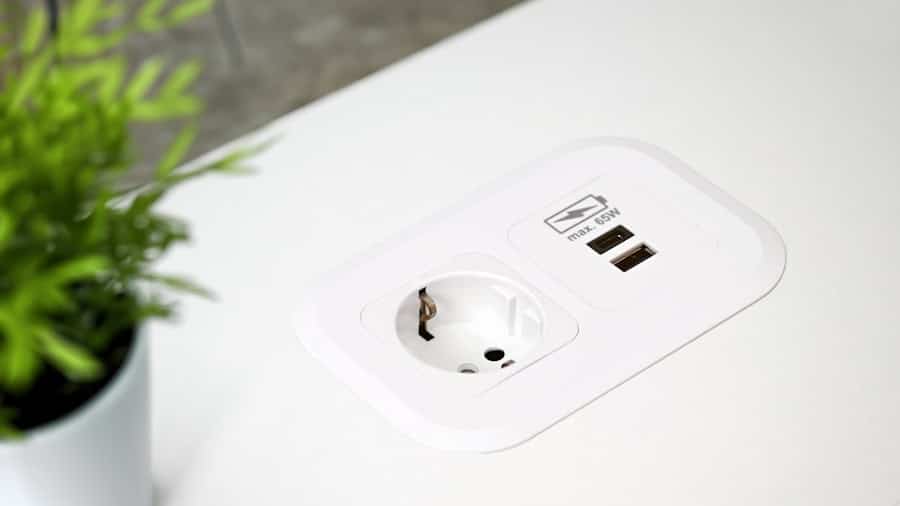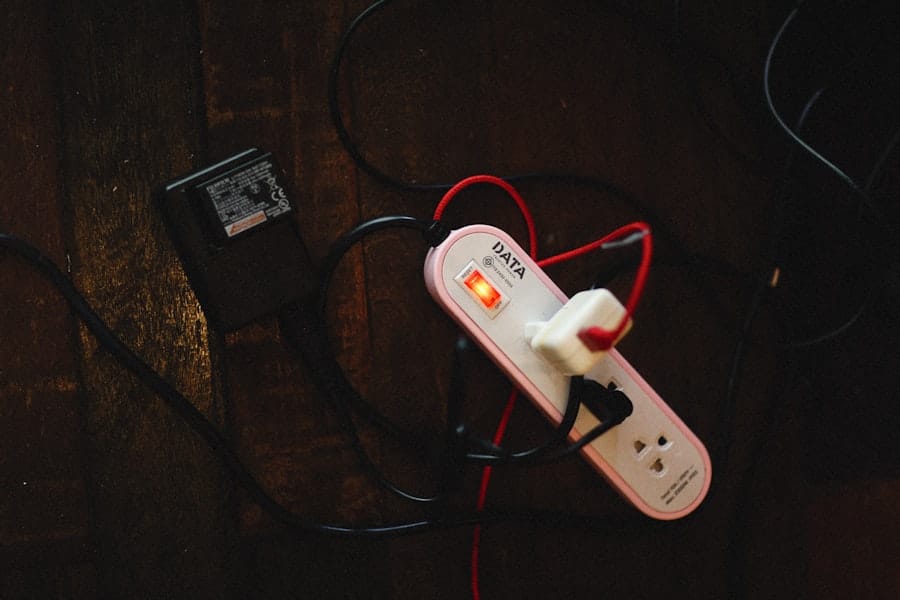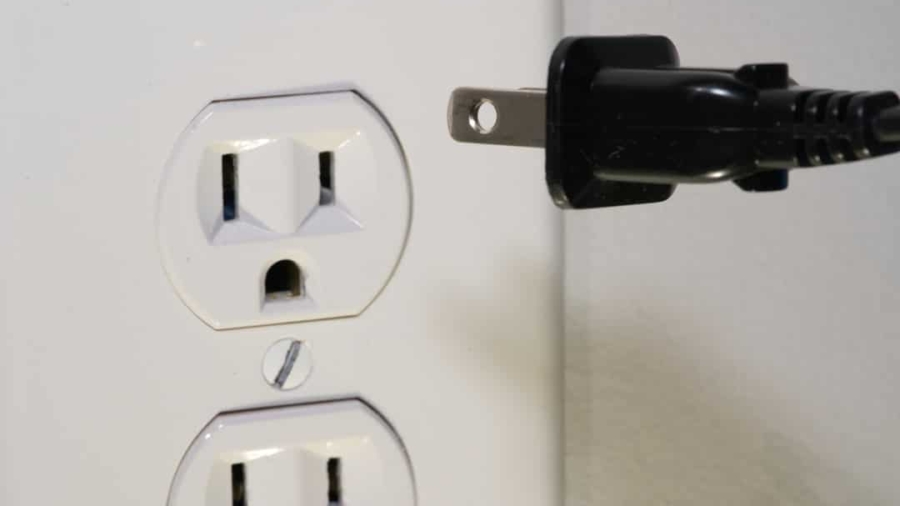In the rapidly evolving landscape of home automation, smart plugs have emerged as a pivotal component, enabling users to transform ordinary electrical outlets into intelligent, controllable devices. These compact gadgets allow homeowners to manage their electronic devices remotely, providing a seamless integration of technology into daily life. With the rise of the Internet of Things (IoT), smart plugs serve as a gateway to a more connected home, offering convenience, energy efficiency, and enhanced control over household appliances.
The appeal of smart plugs lies in their simplicity and versatility. They can be easily installed by plugging them into existing outlets, followed by connecting various devices to the smart plug itself. This straightforward setup makes them accessible to a wide range of users, from tech enthusiasts to those who may not be particularly tech-savvy.
As consumers increasingly seek ways to enhance their living spaces with smart technology, smart plugs stand out as an affordable and effective solution for modernizing home electronics.
Key Takeaways
- Smart plugs are devices that can be plugged into traditional electrical outlets to make them “smart” and controllable remotely.
- Smart plugs work by connecting to a home’s Wi-Fi network and can be controlled through a smartphone app or voice commands.
- Using smart plugs for home electronics can lead to benefits such as energy savings, convenience, and increased home security.
- Examples of home electronics that can benefit from smart plugs include lamps, fans, coffee makers, and entertainment systems.
- Tips for optimizing energy use with smart plugs include scheduling devices to turn on and off at specific times and monitoring energy usage through the smart plug app.
How Smart Plugs Work
Convenience and Customization
Once connected, these plugs can be programmed to turn devices on or off at specific times, monitor energy usage, and even create schedules that align with the user’s lifestyle. The integration with mobile apps provides a user-friendly interface for managing multiple devices from anywhere within the home or remotely.
Wireless Communication Protocols
Smart plugs typically utilize a combination of wireless communication protocols, such as Wi-Fi, Zigbee, or Z-Wave, to facilitate connectivity. Wi-Fi-enabled smart plugs connect directly to the home network, while Zigbee and Z-Wave plugs often require a hub for communication. This flexibility allows users to choose the best option based on their existing smart home ecosystem.
Energy Efficiency and Insights
Additionally, many smart plugs come equipped with features like energy monitoring, which provides insights into power consumption patterns and helps users make informed decisions about their energy use.
Benefits of Using Smart Plugs for Home Electronics

The advantages of incorporating smart plugs into home electronics extend beyond mere convenience. One of the most significant benefits is energy efficiency. By allowing users to schedule when devices are powered on or off, smart plugs can help reduce energy waste.
For instance, devices that are left on standby consume power even when not in use; smart plugs can eliminate this phantom load by cutting off power entirely during periods of inactivity. Moreover, smart plugs enhance home security by enabling users to create the illusion of occupancy while away. By programming lights or other devices to turn on and off at specific intervals, homeowners can deter potential intruders who might otherwise target an empty house.
This feature is particularly valuable for those who travel frequently or spend extended periods away from home. The ability to control devices remotely also provides peace of mind, allowing users to check on their homes and manage appliances from anywhere in the world.
Examples of Home Electronics that Can Benefit from Smart Plugs
Smart plugs can be utilized with a wide array of home electronics, making them an incredibly versatile addition to any household. Common examples include lamps, fans, coffee makers, and televisions. For instance, connecting a lamp to a smart plug allows users to schedule it to turn on at sunset, creating a welcoming atmosphere without needing to remember to do so manually.
Similarly, fans can be programmed to operate during specific hours, ensuring comfort while minimizing energy consumption. Kitchen appliances also stand to benefit significantly from smart plugs. A coffee maker connected to a smart plug can be set to brew coffee automatically each morning, allowing users to wake up to the aroma of freshly brewed coffee without any effort.
Additionally, slow cookers can be controlled remotely, enabling users to start or stop cooking based on their schedules. This level of control not only enhances convenience but also allows for better meal planning and preparation.
Tips for Optimizing Energy Use with Smart Plugs
To maximize the energy-saving potential of smart plugs, users should consider implementing several strategies. First and foremost is the importance of identifying devices that consume significant amounts of energy when left on or in standby mode. By connecting these devices to smart plugs and scheduling them to turn off during non-use hours, homeowners can significantly reduce their overall energy consumption.
Another effective strategy is utilizing the energy monitoring features available in many smart plugs. By regularly reviewing energy usage data provided by the associated app, users can identify patterns and make adjustments accordingly. For example, if a particular device is found to consume more power than anticipated, it may be worth considering alternatives or adjusting usage habits.
Additionally, integrating smart plugs with other smart home devices can create automated routines that further enhance energy efficiency; for instance, linking smart plugs with motion sensors can ensure that lights are only activated when someone is present in the room.
Comparison of Different Smart Plug Brands and Models

The market for smart plugs is diverse, with numerous brands and models offering varying features and capabilities. Some of the most popular brands include TP-Link Kasa, Wemo by Belkin, and Amazon Smart Plug. TP-Link Kasa smart plugs are known for their robust app functionality and compatibility with both Alexa and Google Assistant.
They often feature energy monitoring capabilities and scheduling options that appeal to tech-savvy users. Wemo smart plugs are another strong contender in this space, offering a user-friendly interface and reliable performance. They are particularly noted for their ability to work seamlessly with Apple HomeKit, making them an excellent choice for users invested in the Apple ecosystem.
On the other hand, Amazon Smart Plugs provide an affordable entry point into the world of smart home technology while being optimized for use with Alexa.
When comparing models within these brands, factors such as size, design, and additional features like energy monitoring or scheduling capabilities should be considered.
Some models may offer multiple outlets in one device or support for higher wattage appliances, which can be crucial depending on the intended use.
Potential Cost Savings from Using Smart Plugs
The financial implications of using smart plugs can be significant over time. By reducing energy consumption through better management of electronic devices, homeowners can see noticeable decreases in their utility bills. According to estimates from the U.S.
Department of Energy, households can save between 10% and 30% on their electricity bills by eliminating phantom loads alone—an area where smart plugs excel. Moreover, many utility companies offer incentives for customers who adopt energy-efficient technologies like smart plugs. These incentives may come in the form of rebates or discounts on future energy bills, further enhancing the cost-saving potential of these devices.
Additionally, by optimizing appliance usage through scheduling and remote control features, users can take advantage of off-peak electricity rates if their utility provider offers time-of-use pricing plans.
Future Trends in Smart Plug Technology
As technology continues to advance at a rapid pace, the future of smart plug technology looks promising. One emerging trend is the integration of artificial intelligence (AI) capabilities into smart plugs. This could enable devices to learn user habits over time and automatically adjust settings for optimal energy efficiency without requiring manual input from users.
Another anticipated development is enhanced interoperability among different brands and ecosystems. Currently, many smart plugs operate within specific ecosystems (e.g., Amazon Alexa or Google Home), but future iterations may allow for greater compatibility across platforms. This would enable users to mix and match devices from various manufacturers without concern for connectivity issues.
Additionally, advancements in energy monitoring technology could lead to more sophisticated analytics tools that provide deeper insights into household energy consumption patterns. Such tools could empower users not only to save money but also contribute positively toward environmental sustainability by reducing overall energy demand. In conclusion, as smart home technology continues to evolve, smart plugs will likely play an increasingly central role in how we manage our homes and interact with our electronic devices.
Their ability to enhance convenience while promoting energy efficiency positions them as essential tools for modern living.
If you are interested in optimizing energy use for home electronics with smart plugs, you may also want to consider utilizing fault tree analysis software to identify potential issues and improve efficiency. Check out this article on the best software for fault tree analysis in 2023 to learn more about how technology can help streamline processes and save energy.
FAQs
What are smart plugs?
Smart plugs are devices that can be plugged into traditional electrical outlets and allow users to control the power to the plugged-in devices remotely using a smartphone app or voice commands.
How do smart plugs optimize energy use for home electronics?
Smart plugs can optimize energy use for home electronics by allowing users to schedule when devices are turned on and off, monitor energy usage, and set up automation rules to turn off devices when not in use.
What are the benefits of using smart plugs for home electronics?
The benefits of using smart plugs for home electronics include reducing energy waste, saving money on electricity bills, increasing convenience by controlling devices remotely, and improving home safety by being able to turn off devices from anywhere.
What types of home electronics can be controlled using smart plugs?
Smart plugs can be used to control a wide range of home electronics, including lamps, fans, heaters, air conditioners, televisions, gaming consoles, and kitchen appliances.
Are smart plugs easy to install and use?
Yes, smart plugs are generally easy to install and use. They typically require no special wiring or technical expertise and can be set up and controlled using a smartphone app or voice commands.

